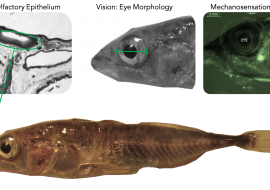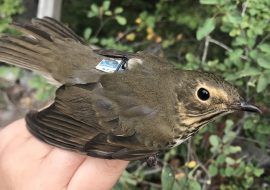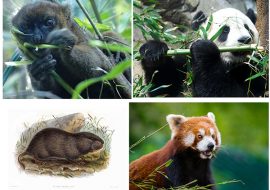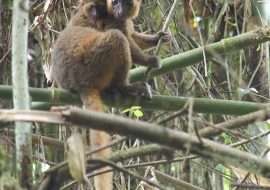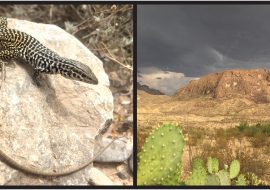**The AGA grants EECG Research Awards each year to graduate and post-doctoral researchers who are at a critical point in their research, where additional funds would allow them to conclude their research project and prepare it for publication. EECG awardees also get the opportunity to hone their science communication and write three posts over their […]
Category: EECG
EECG Embarkation: Going back in time—using population genomics to investigate demographics of a host shift in an invasive insect
**The AGA grants EECG Research Awards each year to graduate and post-doctoral researchers who are at a critical point in their research, where additional funds would allow them to conclude their research project and prepare it for publication. EECG awardees also get the opportunity to hone their science communication and write three posts over their […]
EECG Embarkation: The Transcriptional Architecture of Sexual Dimorphism
**The AGA grants EECG Research Awards each year to graduate and post-doctoral researchers who are at a critical point in their research, where additional funds would allow them to conclude their research project and prepare it for publication. EECG awardees also get the opportunity to hone their science communication and write three posts over their […]
EECG Embarkation: Colors, hormones, and genes: How are genomic expression patterns altered to facilitate the evolution of color?
**The AGA grants EECG Research Awards each year to graduate and post-doctoral researchers who are at a critical point in their research, where additional funds would allow them to conclude their research project and prepare it for publication. EECG awardees also get the opportunity to hone their science communication and write three posts over their […]
Quest for the wing-dimorphism locus in carabids
About the author: Zoë De Corte (she/her/they/them) has a strong passion for evolution, genomics and bioinformatics. They are a PhD candidate in the lab of Prof. Frederik Hendrickx (University of Ghent & Royal Natural history Museum, Brussels, Belgium) and Prof. Jennifer Brisson (University of Rochester, NY, US). In 2019-2020 they obtained a Fulbright grant and […]
Genetic and epigenetic relationships across evolutionary and ecological timescales in Icelandic stickleback
The ability of organisms to colonize or adapt to new and changing environments is of critical interest in biology, especially considering the threats and advances of human-induced environmental change. Certain traits may play a key role in determining population persistence or decline in the face of climate change, habitat fragmentation, and the like. In the […]
Studying the genetics of migration using hybrids from a migratory divide
Every spring, nature enthusiasts are excited for another bird migration made evident by the countless posts on social media noting rare warblers spotted in backyards and high species counts on birding trips. And the excitement is warranted, as migration is an amazing feat, both ubiquitous and complex, requiring coordination of numerous adaptations for the birds […]
Surviving cyanide – one path or many?
Cyanide is deadly – to most things. In high enough doses it blocks the body’s ability to create energy by interrupting cellular respiration. But even at non-lethal doses it has knock-on effects throughout the body. Despite this, a few mammals eat it regularly. In my last post, I described how I found multiple ways in […]
Surviving Cyanide – Part One
Eating is dangerous. Are you drinking a glass of wine? Perhaps planning pesto for dinner? The very flavors that attract us to those foods come from toxins plants produce to protect themselves. We humans know to the deadly ones. But imagine you’re a wild herbivore – every bite you take is a risk. Bamboos, and […]
Bioenergetic costs of asexuality – does the mitochondrion play a role in maintaining sex?
Among vertebrate animals, sexual reproduction is ubiquitous. But why? Asexual populations should outcompete their sexual neighbors (Maynard Smith, 1958).




